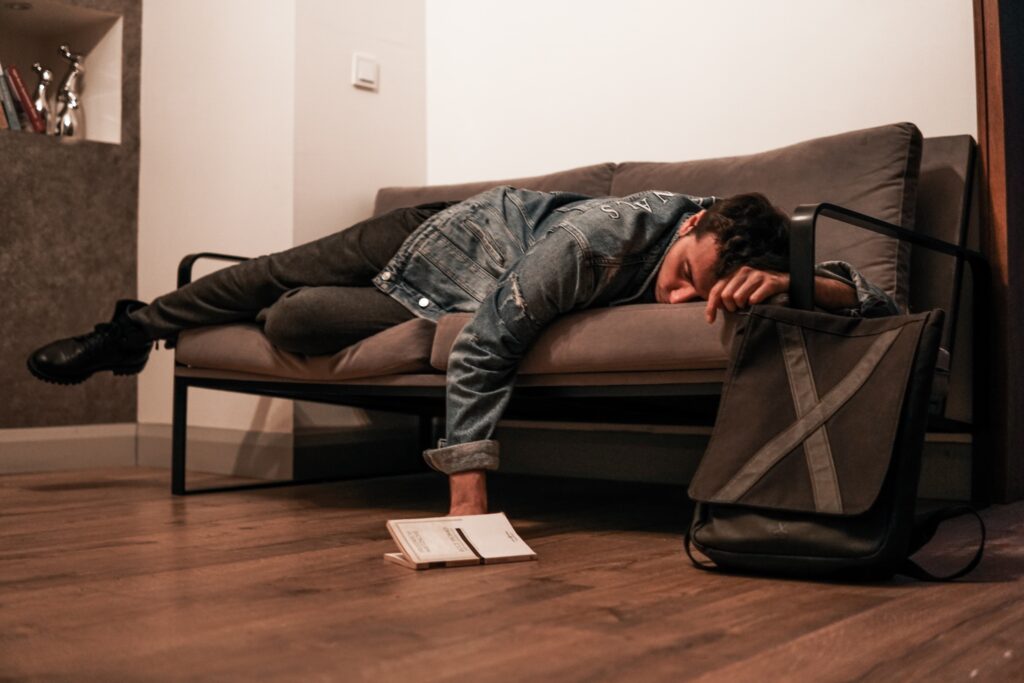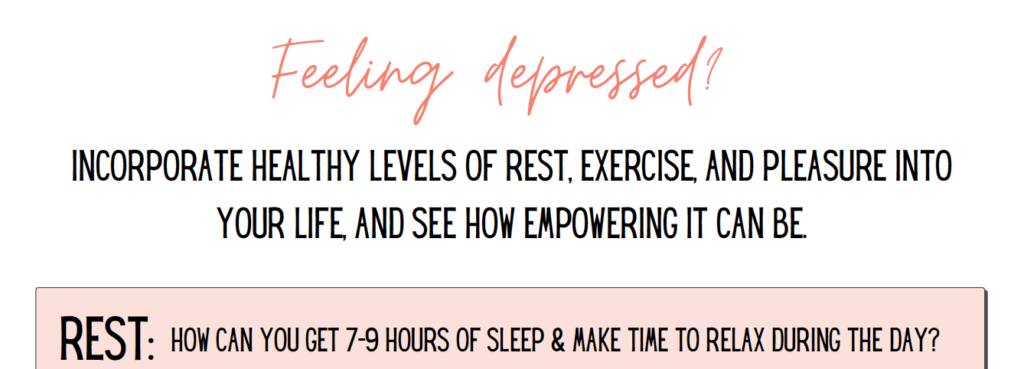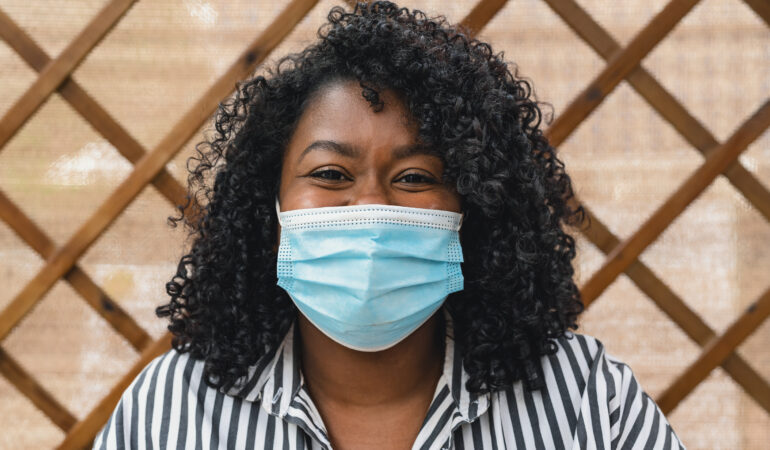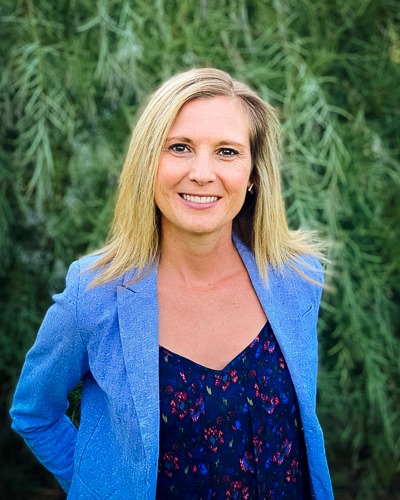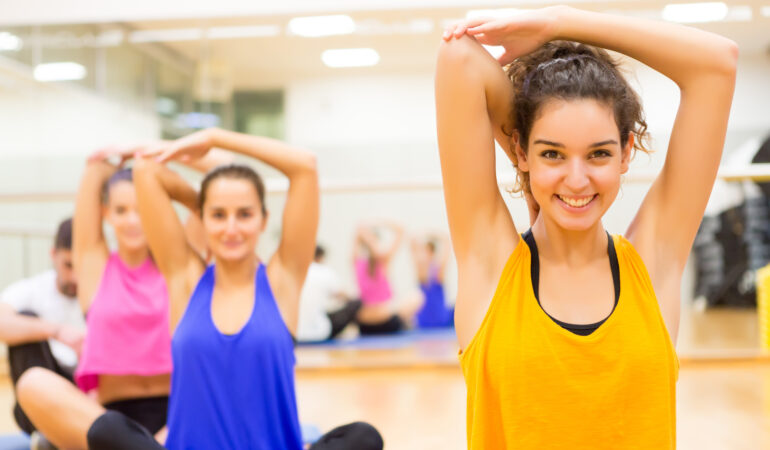Stuck in conflict? Build boundaries to stop painful patterns in relationships
- Do you struggle with building boundaries?
- Have you paid attention to the patterns you hold in your relationships?
- Do you find yourself setting no boundaries with potential friends but you swear them out of your life when they cross an invisible line?
- Do you feel like you have your guard up all the time and never let anyone in despite constantly struggling with loneliness?
- Maybe you seek very intimate relationships and see potential in almost anyone, even though logically you can see the red flags that all your friends have identified?
Relationships and Building Boundaries as Adults
The older we get, the harder it is to connect and maintain relationships, whether platonic friendships or romantic partnerships. It is common for us to look back at our relationships and finally notice a pattern.
- Maybe you have a few close friends, but you distanced yourself from others after small incidents that you never chose to surface and resolve, and now you are stuck holding resentment.
- Perhaps you were in a committed, long-term relationship once or twice, but now it feels hopeless that you will find someone with whom you can be vulnerable.
- Maybe you continue to be in committed relationships one after another, but you wonder if you should take a break to be alone for a while?
It’s helpful for us to reflect on our relationships and find out why we continue to be in potentially unhelpful patterns. When we are unsure of the actions we continue to take, we may fill ourselves with doubt, guilt, or shame around why we are the way we are. We end up asking ourselves, “what’s wrong with me?” But instead of blaming ourselves for the relational need we might have, we can examine and find out what it is that we are really seeking.
Exploring your Current Conflicts and Boundaries
First, we examine and try to recognize our patterns. Only when we have identified our relational patterns can we take the next step to work on changing the patterns slowly. Trying out a different behavior from our instinctive, patterned behaviors allows us to see how we feel about the change. Sometimes changing our patterns makes us feel empowered, and we are motivated to unlearn unhelpful behavioral patterns. Other times, we might finally learn the real reason why we were behaving a certain way repeatedly because we chose to act differently this time. Either way, it will give us a better understanding of who we are.
In this exploratory stage to find out more about ourselves, we try reacting in relationships in a way that’s unlike us. We resist the ways that we have interacted with others in the past. All the while, we pay attention to how it feels and process what’s going on. This stage takes time and effort. There will likely be much observing in patience and processing different emotions that we don’t yet have the words to describe. Meaningful change or gaining insight will happen at different paces for everybody, and that’s okay.

Building Boundaries and Changing Relationship Patterns
Our dynamics with our friends and loved ones are already built and developed throughout our lives. Thus, when we do something different, and out of character for us, there can be resistance from the people in our lives. For example, we express our needs instead of going along with the plans of our very direct friend. The friend could either be concerned, “I’m sorry, this is unlike you. Have I made you uncomfortable?” or annoyed, “This is what we always do, what’s gotten into you today?” This process is long and can be painful because sometimes we have to sift out some friendships that never served us well. On the other hand, we make new friends that will accept us for who we are in the moment. At times, we may have to step back and simply allow time for those around us to accept the changes we are bringing into the relational dynamics.
No matter what, we choose to grow for ourselves and continue to push, challenge, and improve the dynamics we have made with the people in our lives. I can promise you that the ones that have been in our lives for the right reasons will stay even if we change. Those who care for us will likely encourage us and love us for how we are growing.
Reminder for You as You Build Boundaries
There will also be times when we fall back into our old habits, and that’s okay. We can wonder why it might have happened, and through this process, we can develop more insight into who we are. With time, we can practice claiming our space, needs, and desires, where we face conflict, resolve and repair relationships.
Get rid of painful patterns by building boundaries in therapy
What I described above is a part of what relational work looks like in therapy. Therapy can’t teach you to be perfect, but it can help you ignite the process of learning about yourself and how you exist with others. And after the termination of therapy, clients continue to push and pull in their relationships to create healthy, meaningful intimacy that fulfills them because one thing for sure is that this journey of self-growth is life-long, no matter if you are in therapy or not.
As a therapist, I long to create a therapy space where my clients can self-reflect without fearing what they might find within, where they can express themselves without worrying about judgment or social norms. I want to assure my clients that it’s okay for us to have our needs. It can be scary to acknowledge our needs and then seek them, even ask for help from others, but when we learn to do that, we will finally learn not to stand alone for so long. If creating better relational dynamics through building boundaries is something you are looking for, we can schedule a consultation to see if we can work together.


